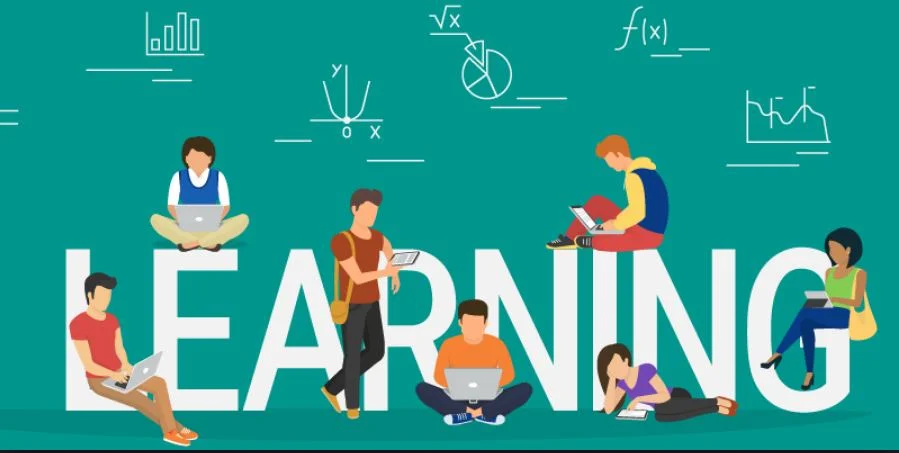By Emily Townsend
You’ve been an educator all your life, and you love what you do. You love how your students get to learn a lot, of things from you and how you’re able to contribute to their growth. You consider your job rewarding – you get to mingle with different kinds of people every day, and you get to streamline to them which are facts and fiction. The moment you get to see your students achieve something whether short-term or long-term and knowing that you’re one of the persons behind is your definition of success. However, since you’ve been teaching for years, there are instances when you’ll also run out of ideas on how you can facilitate effective learning. Of course, you would want, to be innovative because you believe that this will affect how the students can digest the information you teach.
You’ve been using the internet for suggestions on how you can facilitate effective learning, and most of your search pages will give you suggestions which are either impractical, entails too much work or aren’t realistic at all. If you’ve been tired of reading this kind of suggestions, this article can help you. Here are some latest methods used in facilitating effective learning which you can easily use yourself:
Elaborative interrogation: Humans are generally curious in nature. Whenever they learn something, they would want to know how and why this knowledge could be useful to them and to the things that they do.
If you’re planning to use this method to your students, keep in mind the questions of “how?” and “why?” and your lessons should be able to answer all of these.
This method requires the learner to remember the lessons being taught and have them generate an explanation for it. It’ll not only help the learners remember the information, but it’ll also teach them how this information can be significant for them in the long run.
Self-explanation: This method involves your learners to consider experiences from the past and use that to solve a problem which they have presently. Since learners have different experiences, their brains will also be wired and will function differently.
Once you decide to implement this method in your students, you should have students talk to themselves to have a conscious awareness that their brain is required in the process.
Your goal as a teacher should be like this: whenever your learners are faced in a difficult situation, they should be able to follow a process which will involve them in asking questions, looking for specific answers, assessing which are the best ones to take and commenting on their mistakes throughout the entire process.
As the name implies, this method generally means explaining to one’s self what you’re doing and thinking.
Summarization: Most of the time, you’ll be giving your students materials to read, and these can come in lengthy pages. And because these materials are too long to read word for word, chances are, your students will not bother reading the material, or they might read it but unable to understand anything.
Summarization means that your students are narrowing down texts from a material and only take note of important ideas. Since the material is now shorter in length, students can focus on what is essential and take the time to learn from these.
The summaries your learners produce should not only be short, but it should be a new standalone document – students should still be able to understand important points from the original material.Distributed practice: Different students learn in different ways, and as a teacher, you should be able to consider that fact. While some students would want the lessons to be taught in one sitting, there would also be some who would rather have it different sessions.
The distributed practice requires you to teach your lessons in several sessions in a long period so learners can study in a longer time frame. You can implement this method by teaching a specific lesson and spend a week in explaining the topic thoroughly instead of consuming long hours in one day for the same lesson.
Some learners are more efficient with this process rather than studying repeatedly in a short period of time. This phenomenon is called the spacing effect.
Attaining new methods to better facilitate effective learning for your students is a manifestation of how dedicated you are to your job. This also means that you wouldn’t want to be stagnant in what you do. And looking for ways on how to do this can become challenging but not ultimately impossible. The methods presented in this article are something which you can apply in your own setting and pace. Some of these things might be new to you, but as long as you take the time to practice, you can surely use these methods to expedite your students’ learning. We hope you like this article from Speak Up USA.


